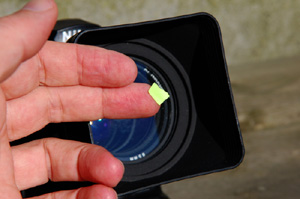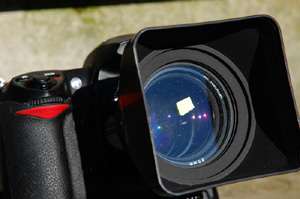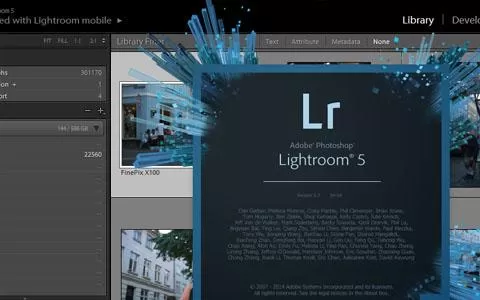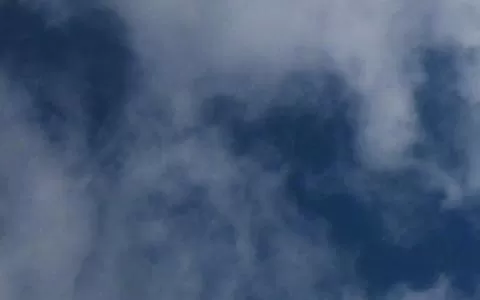The dust problem is one of my main "exaggerated problems" with DSLR's. Judging from the online debates, many camera owners do nothing but shoot white walls at f22 in the pursuit of dust.
Let me warn you before I commence: I am VERY insensitive to dust in my cameras and have never considered it a problem at all, which you can probably also read from my article below. The only time dust really matters to me is when I see it in my final images, and even then it's not a major problem. Most visible dust-bunnies can be cloned out in Photoshop in seconds, but more on that later.
Now you know my position.
OK, on to dust problems...
First of all: Dust has no influence on your images unless it's visible when you look at the files in a photo-editing program or is clearly visible when you print your pictures. And by images I mean real images, and not a white wall shot at 2 seconds f22. Anybody can prove almost any sensor to be laden with dust with a shot like that.Lots of real images will reveal visible dust, not least pictures taken on bright days with clear skies. Lots of light means small apertures, and large surfaces of uniform sky is a perfect background for a dust-bunny to become visible. Studio pictures with smooth, uniform backgrounds are also very prone to visible dust. But on the other hand, dust is easy to remove on such backgrounds in post processing.
But most real images of real subjects are so complex and have so many details, that a speck of dust has to be humongous to be visible. And very few dust specks are.
Let me break down the dust problem as I see it bu running through different places the dust can be, what influence it has and what you can do about it.
In the viewfinder
If you see dust in the viewfinder, it's most likely in the viewfinder itself, on the focus screen or on the mirror. This is the most probable place if the dust you see is sharp and not the least blurred. Such dust has no influence what so ever on your images, but can of course be annoying to look at.Dust on the mirror and underside of the focus screen can be seen with the bare eye by removing the lens and peeking inside. It's easiest to blow away with a Rocketblower or canned air. I personally often blow gently with my mouth, and in 9 out of 10 cases that will take care of the problem.
Dust in the viewfinder can also be inside the mirror-assembly that makes up the "prism" in the less expensive cameras or elsewhere in the path of the viewfinder light in all cameras. Such dust cannot be removed unless the camera is taken apart. Save the effort/money/time and just ignore it. It has absolutely no influence on your images.
Try this at home
Try this as a fun and very educative experiment, which you can to to test what amounts of debris on your lens will (or rather: won't) influence your images.Take a post-it note and tear out a pea-size piece of the part with adhesive on and stick it somewhere on the front element or filter of your lens. Look through the viewfinder.
You can't see the "speck"!
On wide angle lenses stopped down it may become visible on images of uniform surfaces, but on the vast majority of lenses from 50mm and up it will be impossible to see a difference between images shot with and without the mega dust speck on the front of the lens.
OK, I know that the blob most likely has a bad influence on that carefully designed lens with all its dozens of elements, low dispersion glass and high tech coatings, but this little scam still illustrates how much dust or scratching it really will take to ruin an image.
On or in the lens
If you see dust in the viewfinder, which is blurred, it's most likely on your lens. Remove the lens and point the camera towards a light surface or window, and look through the finder. If the dust is gone, it's on the lens. If it's still there, it's in one of the places mentioned in the previous section.If it's on the lens, clean the lens thoroughly. Dust on the lens rarely has a visible influence on your images, but since it is in the line of the light, it can disturb the picture.
The rear element dust is usually the most obvious and most likely to be visible in the final images. Inspect the outside glass surfaces, and also look through the lens while opening the aperture fully by moving the small lever on the back of the lens.
Any dust inside the lens can be a problem, but most significantly so on wide angle lenses. Medium zooms and telephoto lenses are not really sensitive to dust unless they are really large bunnies. Again clean with air first, then a dry lens cloth and as a last resort some type of wet cleaning. Be very careful with any rubbing on the glass. Any hard dust like sand or metal can potentially harm the surface. Modern lenses are extremely hard to scratch, but take care anyway.
On the sensor
If you see no dust any of these places, but still get dust specks on your images, you most likely have dust on the sensor. Most sensor dust can be removed by locking up the mirror (see your manual) and blowing with a Rocketblower or a similar "hard air source".If that doesn't help you need a wet or brush cleaning. If you are not comfortable with doing this yourself, let your local Nikon dealer do it - or a friend who has tried it before. It's not a science and actually quite easy.
A Nikon dealer should be able to clean a sensor while you wait or at least from day to day. It's a 10 minute operation and requires very few special tools.
I have used Copperhill's wet cleaning set the few times I did it, and had no problems whatsoever.
There are dozens of alternatives on the market.
Copperhill cleaning
I have used the Copper Hill cleaning kit the few times I have cleaned sensors, and have been very satisfied with the product and the result. You have to be a bit meticulous and systematic, and follow up with new test shots between each cleaning. I have had to repeat the process 2-3 times before seeing a real difference, but on the other hand I have only had to to this a couple of times. It's not a bit deal, and you can easily do it yourself.There are dozens of alternatives like statically loaded brushes, pens and other gizmos, and I am sure they will work as well. I have been comfortable with the Copper Hill system, and will stick to that. I have pec pads enough for a lifetime anyway, so I might as well.
Make sure it matters
But before going through all this trouble, make sure that the dust really does influence your images. I have shot digital SLR's for 4-5 years and literally shot dozens of thousands of images. My old Minolta 7D camera has been cleaned twice. My current Nikon D200 body is happily ticking away towards 17,000 frames and has NEVER been cleaned with other things than a blower. And I'm a lens change slob, shoot outdoors on sandy beaches near saltwater under windy conditions.I have close to no dust problems, and the ones I occasionally have, I solve in Photoshop in 3 seconds with a clone stamp, which is a lot easier and safer than poking around inside the camera.
As you might guess, I find the dust issues with modern DSLR's vastly exaggerated, and often pretty hysteric. Calm down, ignore dust not visible in real images and get out there and shoot. I watched old fashioned slides with some friends just a few days ago. Now that was dust! Some images were so dusty that it looked like a swarm of mosquitoes had invaded the scene.
Remember film?





